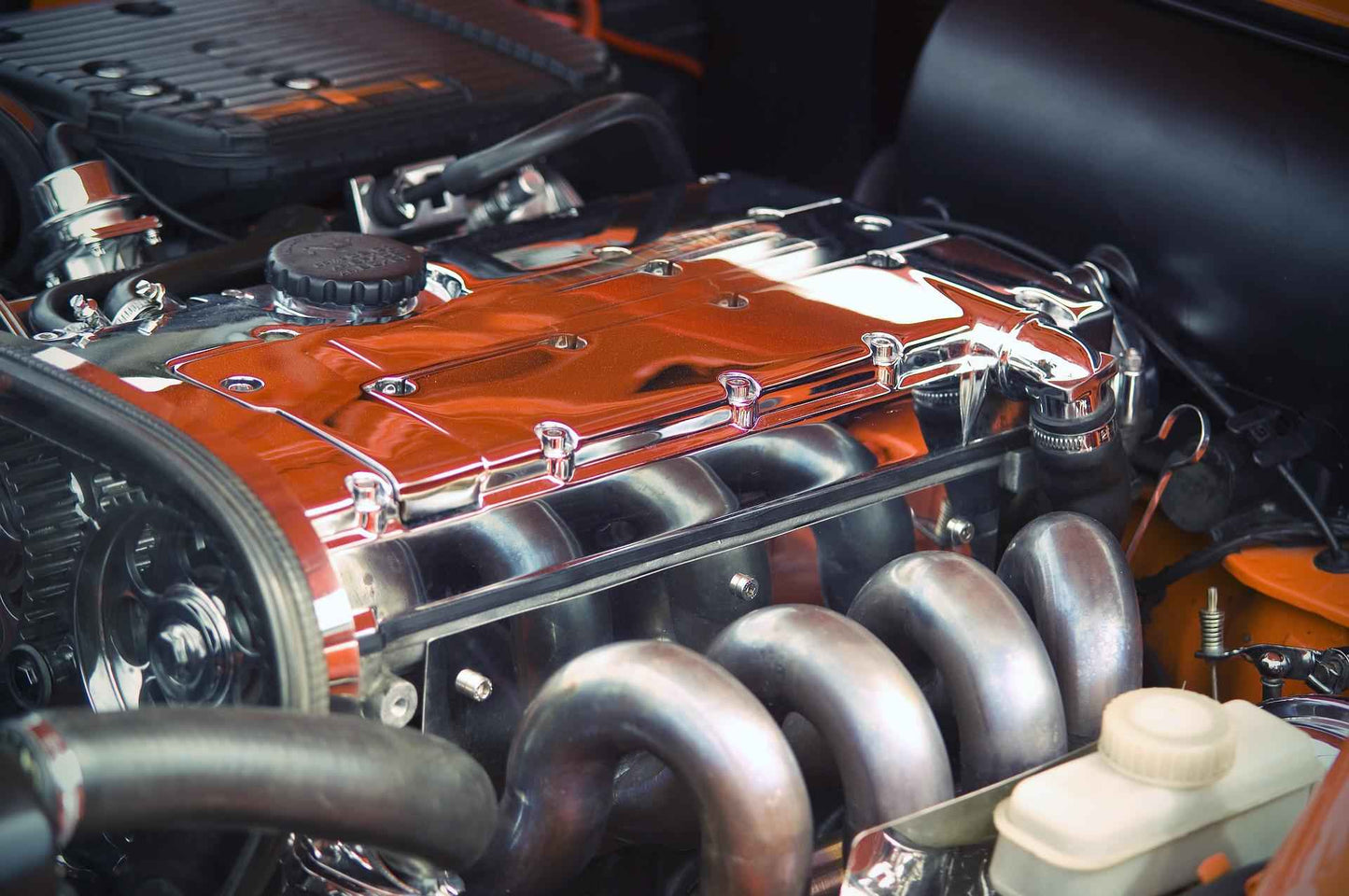
The composition of the turbocharger
A turbocharger consists of two main parts:
(1) Turbine:The turbine consists of a turbine wheel and a turbine casing.
(2) Compressor: The compressor consists of a compressor impeller and a compressor casing.

How turbochargers work
The job of the turbine wheel is to convert exhaust energy into shaft power to drive the compressor. The job of the turbine housing is to direct the exhaust gas into the turbine wheel. The energy from the exhaust turns the turbine wheel, and the gas leaves the turbine housing through the exhaust exit area.
Compressors work in the opposite way to turbines. The compressor wheel is connected to the turbine by a forged steel shaft, and as the turbine turns the compressor wheel, the high-speed rotation sucks in air and compresses it. The compressor casing then converts the high-velocity, low-velocity airflow into a high-pressure, low-velocity airflow through a process called diffusion. Turning the air compressor's spins pushes extra air into the cylinders, making them burn more fuel per second to generate more power.
Simply put, a turbocharger uses the rotation of a fan (an impeller or air pump) to draw more air into the cylinder to compress it for more power.
Advantages and disadvantages of turbochargers
Advantage
- Increase the engine power. When the engine displacement is unchanged, the density of the intake air can be increasedto allow the engine to inject more fuel, thereby increasing the power of the engine. The power and torque of the engine after adding a supercharger should increase by 20% to 30%. But, under the need for the same power output, the cylinder diameter of the engine can be reduced, and the volume and weight of the engine can be reduced.
- Improve engine emissions. Turbocharger engines reduce the discharge of harmful components such as particulate matter and nitrogen oxides in the engine exhaust by improving the combustion efficiency of the engine. It is an indispensable configuration for diesel engines to meet emission standards above Euro II.
- Provide the function of plateau compensation. In some high-altitude areas, the higher the altitude, the thinner the air, and the engine with a turbocharger can overcome the power drop of the engine caused by the thin air at the plateau.
- Improve fuel economy and reduce fuel consumption. Due to the better combustion performance of the engine with a turbocharger, it can save 3%-5% of fuel.
- It has high reliability and good matching characteristics, and high transient response characteristics.
Shortcoming
Turbochargers tend to be slow to respond, causing the engine to delay increasing or decreasing power output.
By contrast, adding a turbo would allow the car to provide better fuel economy in this regard. So manufacturers now usually opt to put a smaller engine in the same car (e.g. a turbo V6 instead of a V8, or a turbo four instead of a V6)
Turbochargers can be used in gasoline-powered vehicles, diesel-powered vehicles, motorcycles, trucks, airplanes, and ships, each of which

Since the turbocharger often works at high speeds and high temperatures, the temperature at the turbine end of the turbocharger exhaust gas is about 600°C, and the turbocharger rotor rotates at a high speed of 8000-11000r/min. Thus, to ensure the normal operation of the turbocharger, use The following points should be noted:
Leave without car
After the engine is started, especially in winter, it should be allowed to idle for some time to allow the lubricating oil to lubricate the bearings before the supercharger rotor runs at high speed. So, do not slam the accelerator after starting to prevent damage to the supercharger oil seal.
Do not turn off the flame immediately
After the engine runs at high speed for a long time, it cannot be turned off immediately. When the engine is working, a part of the oil is supplied to the turbocharger rotor bearing for lubrication and cooling. After the running engine suddenly stops, the oil pressure drops to zero rapidly, the high temperature of the turbo part of the supercharger is transmitted to the middle, the heat in the bearing support shell cannot be quickly taken away, and at the same time, the supercharger rotor is still rotating at a high speed under the action of inertia. Thus, if the engine is suddenly stopped in a hot state, it will cause the oil retained in the turbocharger to overheat and damage the bearings and shafts. In particular, it is necessary to prevent the engine from suddenly turning off after a few kicks of the accelerator.
Keep clean
When disassembling the supercharger, keep it clean, and plug each pipe joint with a clean cloth to prevent debris from falling into the supercharger and damaging the rotor. During maintenance, care should be taken not to collide and damage the impeller. If the impeller needs to be replaced, it should be subjected to a dynamic balance test. After reassembly is complete, remove the blockage.
To be cleaned
Since the supercharger is often operated at high temperatures, its lubricating oil pipeline is subject to high temperatures, and the internal oil is prone to partial coking, which will cause insufficient lubrication of the supercharger bearing and damage. Thus, the lubricating oil line should be cleaned after a period of operation.
Pay attention to maintenance
Before leaving the car and after closing the car, check the connection of each pipe in the air passage to prevent the supercharger from being loose and falling off, which will cause the supercharger to fail and the air to short-circuit into the cylinder.
